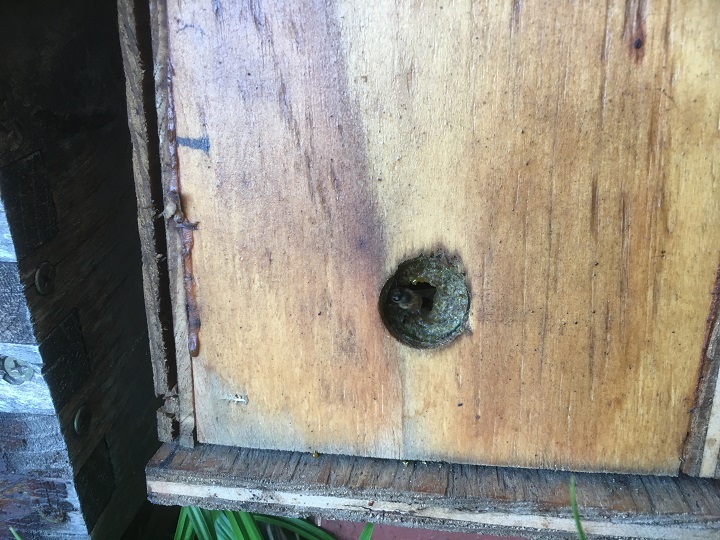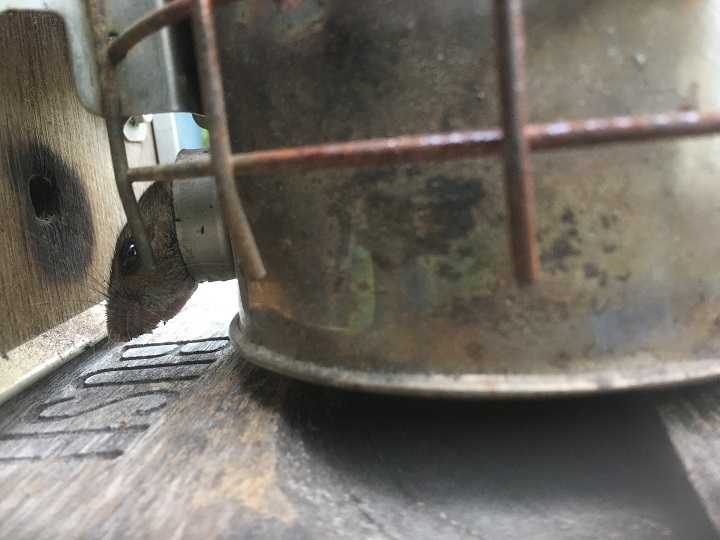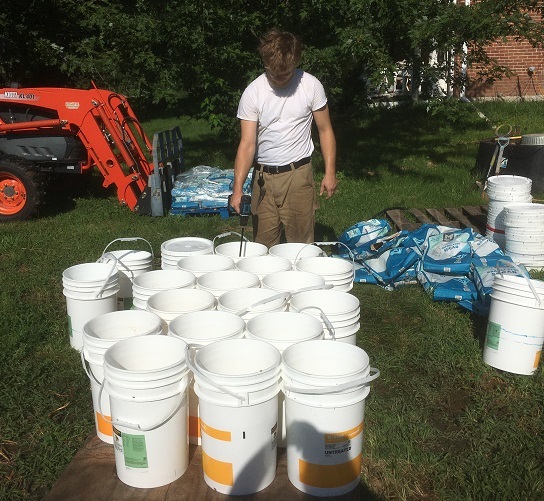I don't have much to say right now, but I have a minute to say it. So I guess I'll try to fill in more detail. People are finally having live conferences again and I've been speaking some. As I said before queen rearing has not gone well though I put a lot of effort into it with not much result. The bees have not done badly, but I suppose some of the same issues with queen rearing have resulted in the colonies often being queenless and what few queens I've had have been used requeening them. The USDA did their usual APHIS inspection (actually done by UNL) and as usual not a lot of Varroa. Most of the rest of the results are not here yet. I see some new kinds of flowers out in the pasture that must be a result of one of the mixtures I've planted over the years. Not sure what all of them are, but it's good to see variety. The Chicory is still blooming and the goldenrod is pretty much in full bloom as are the asters. The Joe Pye Weed and Iron weed is petering out, but I see some still blooming. The Elderberry has all gone to berries now. I should get out and collect them so I can get the juice and so I can spread the seeds. I keep trying to mow where I can, but I keep finding things blooming in the weeds. Some of those are more recent and I'm not sure what they are. I'm getting more and more native thistles but they are a distraction as I'm always battling the noxious weeds (mostly the non-native thistles) to keep the weed board happy so they don't threaten me and at first glance they are difficult to tell apart. You have to look at the underside of the leaves. The native thistles are almost white on the underside of the leaves. There are a lot of different sizes and kinds of the natives. The Teasel is doing well on the other side of the creek, though I don't see any on this side. Lot's of milkweed. Unfortunately I also get a lot of giant ragweed, pigweed (lambs quarters) and curly dock none of which seem to do anything for the bees. And of course grass which is the enemy of all bee plants...
I consider propolizing a good trait for bees (maybe not for the beekeeper). Here is a mating nuc I found this year. The drilled hole is about 5/8". The reduced hole is about 5/16".
It wasn't working right and then it would and then it wouldn't. This is what I found. It couldn't get out, so I left it and used another smoker. It was finally out after two days.
We needed to feed because of a dearth and we still needed to finish building up the 8 frame nucs for winter. We bought 50 six gallon buckets and bought 3,450 pounds of sugar in 25 lb bags. We worked out the maximum strength we could do with hot water from my tap (140 F) and not have it crystallize out. We put one 25 pound bag in each bucket with a heaping tablespoon of ascorbic acid, then 18 pints of water and stir it with a five gallon paint stirrer. After 10 to 30 minutes we stir it again.



















